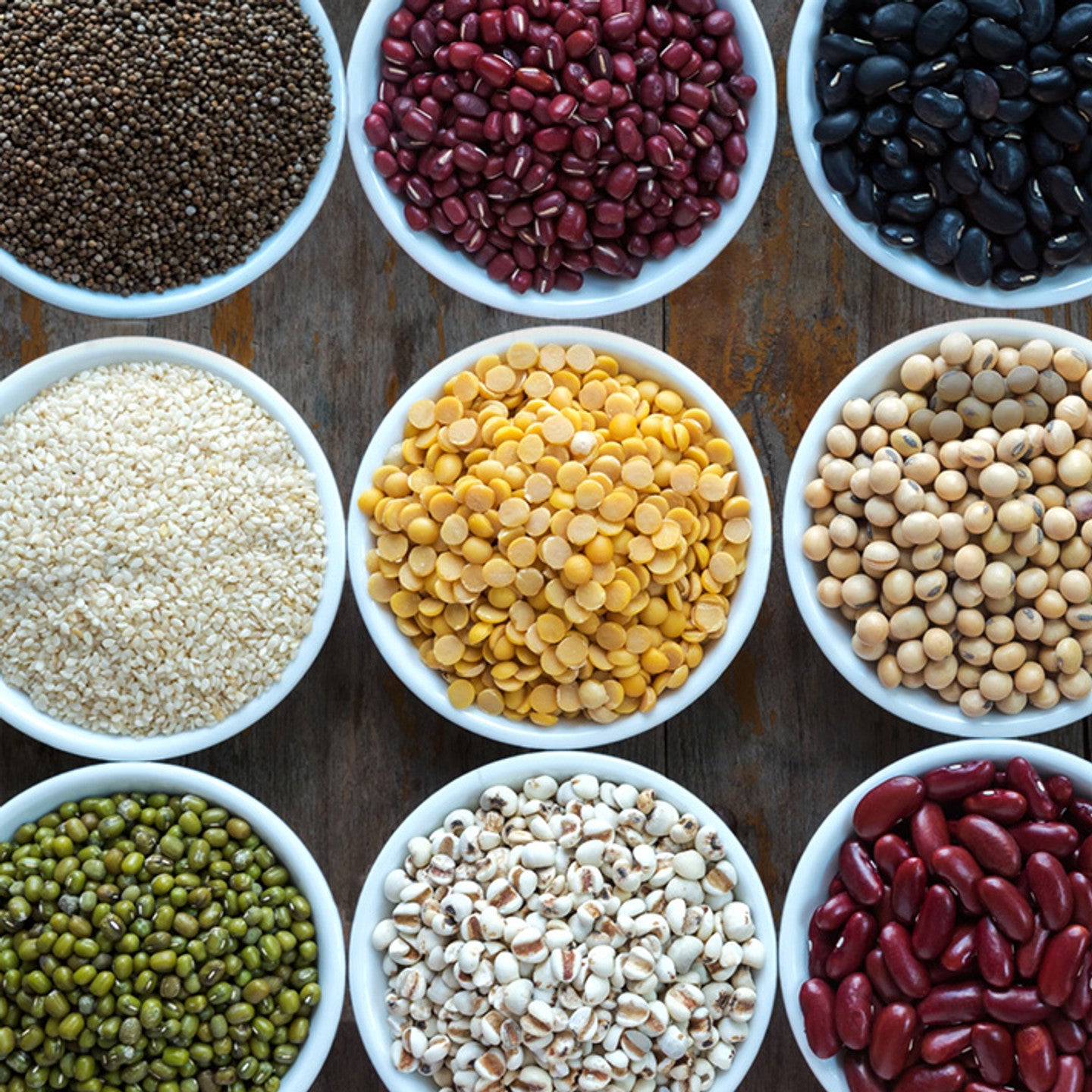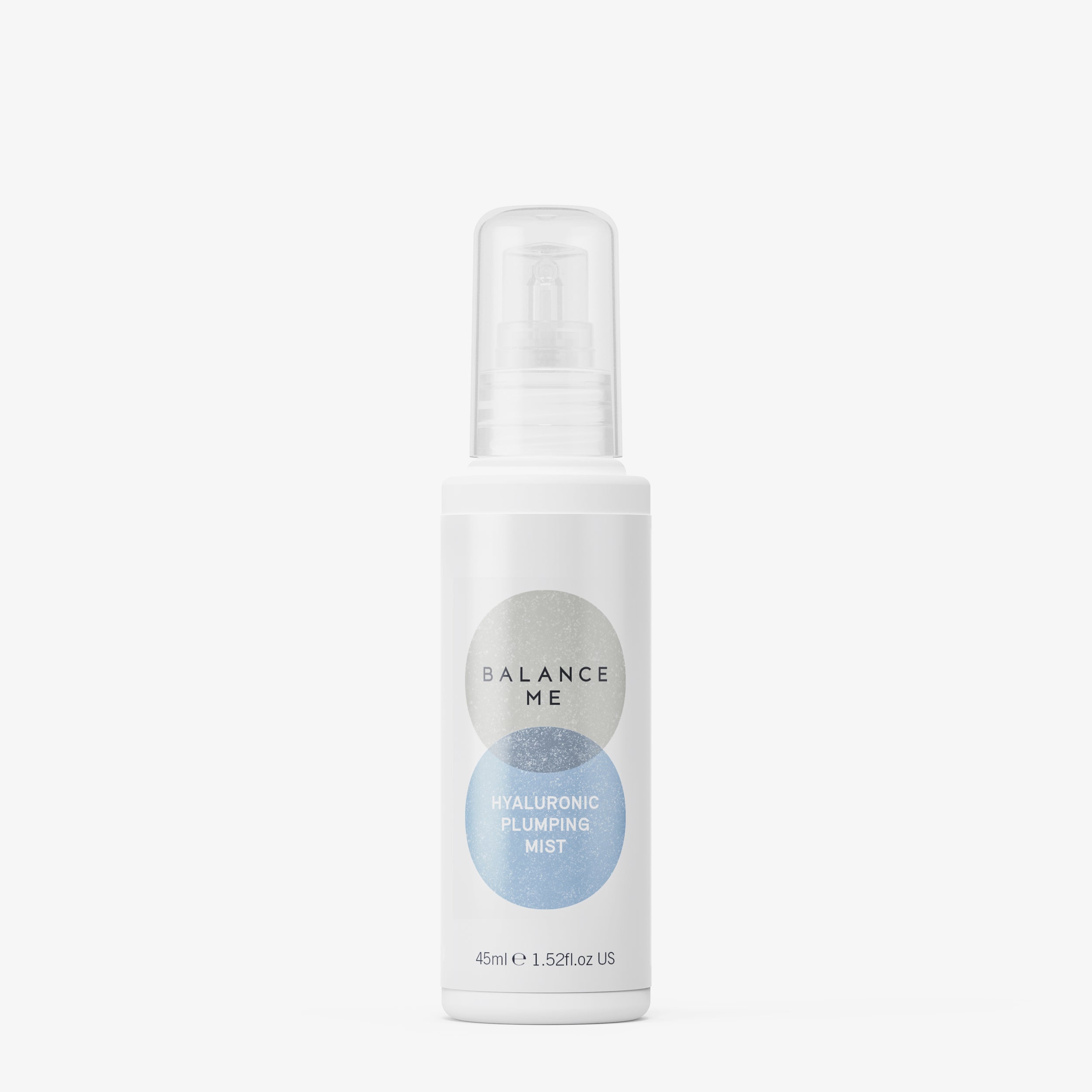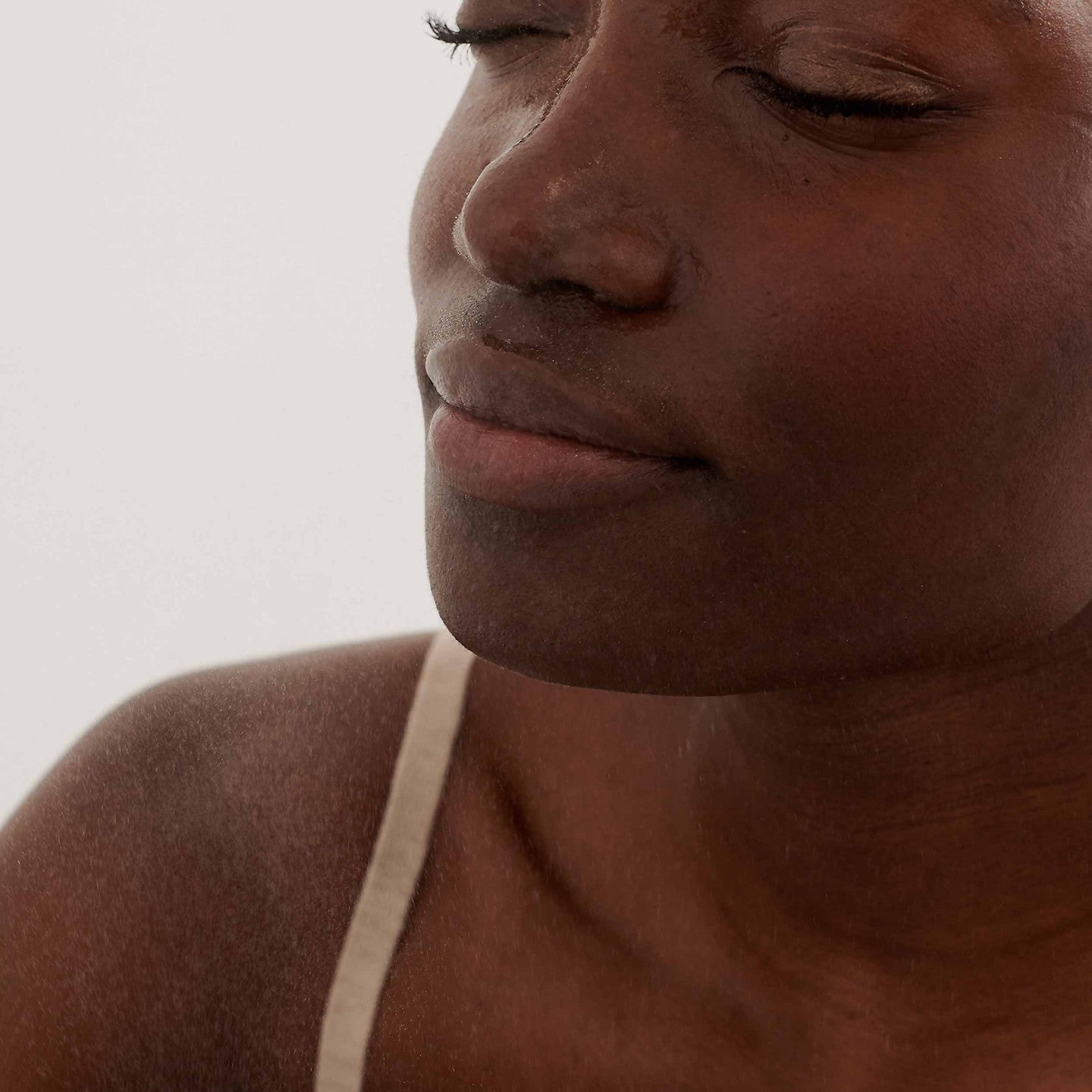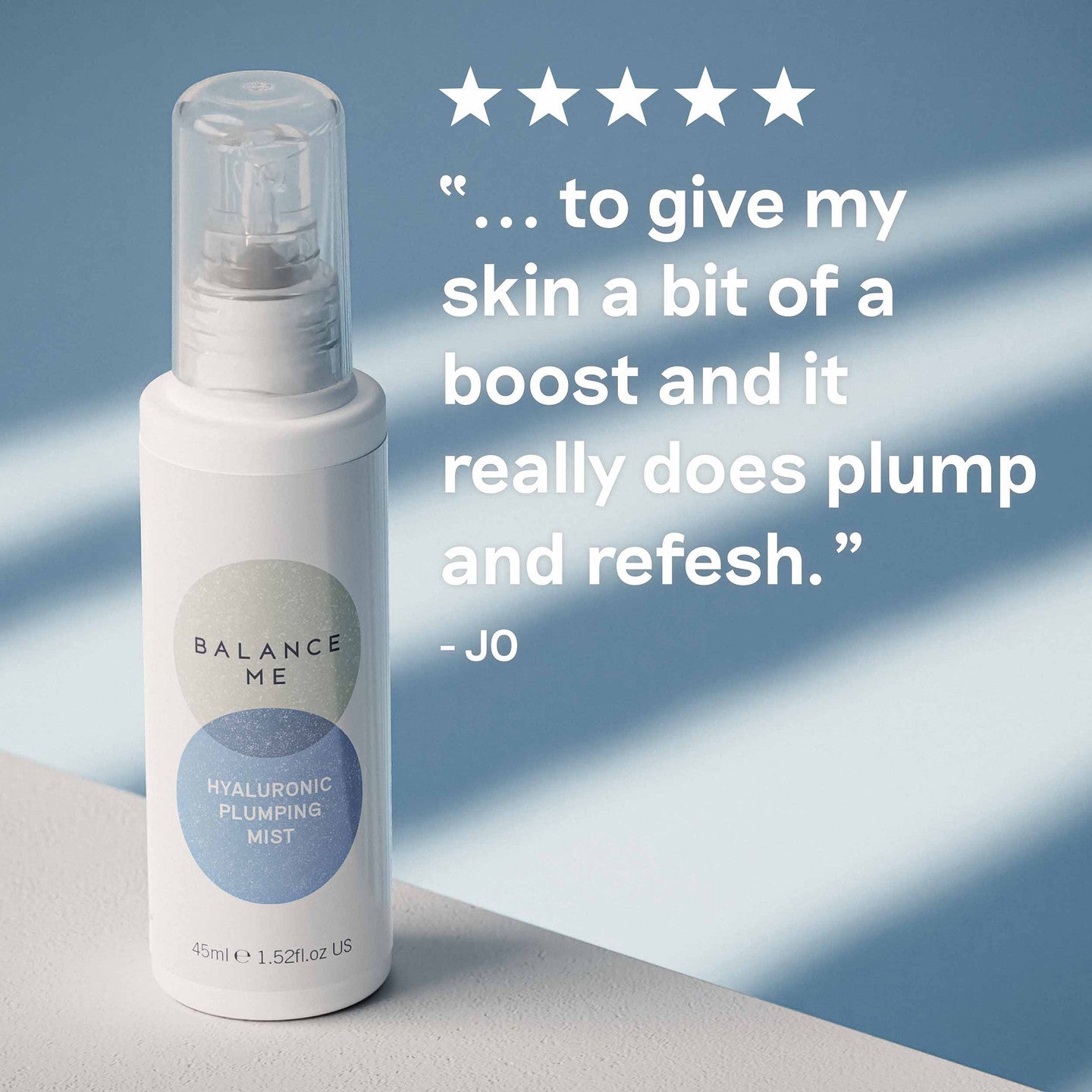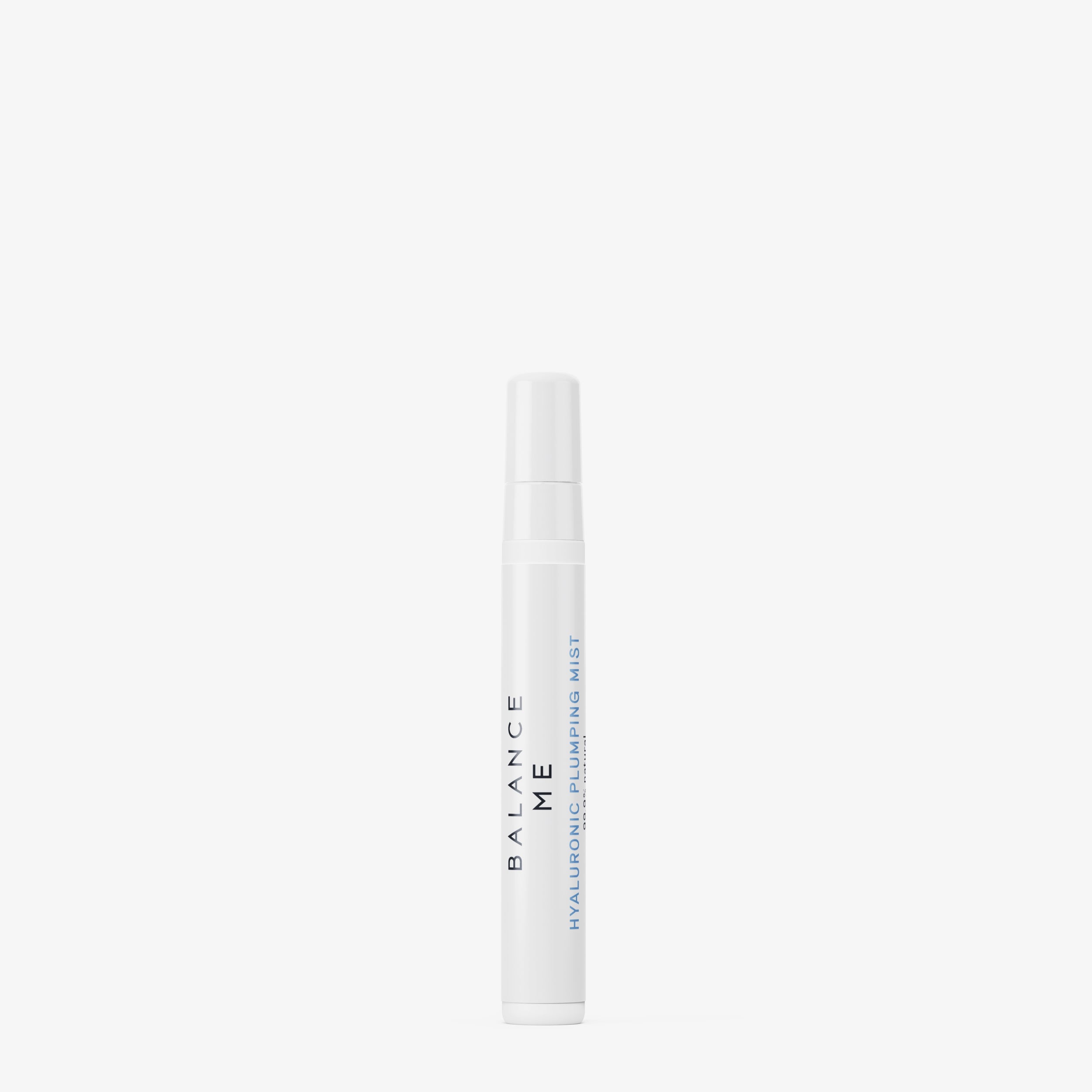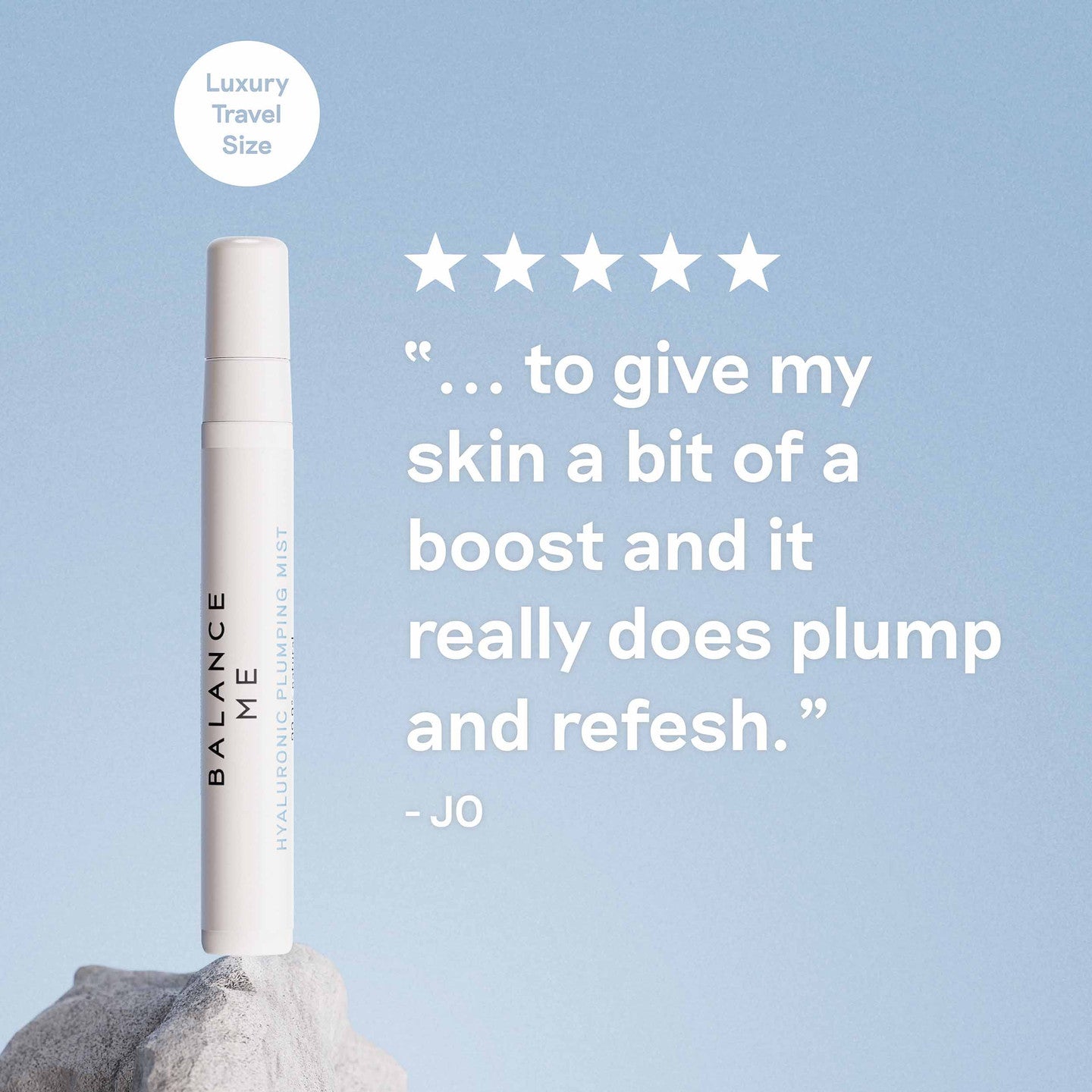Whilst we are all about bringing skin into balance and solving skin concerns without creating others, we know that achieving optimal skin health requires a holistic approach. Nutrition is a vital component in the quest for clear skin. Leading Nutritionist Lily Soutter gives us the lowdown on some of the best foods for clear skin, as well as unpicking the science behind some common skin aggravators...
High Glycaemic Load Foods
The strongest dietary association to date in relation to oily skin is to do with something called the glycaemic load. The glycaemic load is a number which indicates how quickly a food is digested and how quickly it will raise blood sugar levels. Foods with a high glycaemic load have a larger effect on blood sugar levels in comparison to foods with a low glycaemic load.
Foods with a high glycaemic load can in turn raise hormones such as insulin and insulin-like growth factor 1 (IGF-1). These hormones can increase androgen production (male hormone) and increase oil production on the skin. Foods with a high glycaemic load include sugary sweets, biscuits, cakes, sweetened beverages, fruit juice, honey, maple syrup and other sugars, dried fruits, white refined carbohydrates including white bread, white rice, white pasta, and white flour products.
Dairy
Interestingly there is also an association with dairy and increased oil production. Most of the research comes from observational studies, so we can’t categorically say that dairy causes greasy skin, however it appears that in a small select group of people, those who consume dairy have a greater rate of acne which is often triggered by greasy skin.
Mechanistically it’s thought that dairy can stimulate the hormone IGF-1 which can in turn act directly on the oil glands within the skin, triggering the production of sebum. However, for unknown reasons it appears that this association is to do with low fat dairy rather than full fat dairy. Whilst dairy may worsen oily skin for some, it’s important to remember that this may only be the case for a small, select group of people. Be cautious when excluding a whole food group and be sure that your diet is varied enough to make up for any lost nutrients.
High quality protein
Essential for hair skin and nails, protein is an important building block of skin. Aim to consume protein in little and often amounts. Chicken is a source of zinc, an essential nutrient required for skin health. Deficiencies may result in impaired wound healing and research also suggests that a deficiency may also exacerbate acne.
Beans & Pulses
Beans, lentils and chickpeas act as a prebiotic which is basically another word for fibre and is also food for our healthy gut bacteria. Fibre is essential for maintaining a diverse microbiome. There is more and more research available to suggest that our gut health may be linked to our skin health. Alterations in the composition of our gut flora has been associated with conditions such as psoriasis and rosacea. So much so that some scientists have named this linked the ‘gut-skin axis’. Although mechanisms for how the gut and skin communicate are not fully understood, the association likely involves a complex connection between the nervous, immune, endocrine systems as well as environmental factors.
Hydration
It’s not just the food we eat that has an impact on the condition of our skin. Drinking enough water is key for ensuring our skin stays properly hydrated. Not only do we keep a jug of water on our desks and take regular sips throughout the day to ensure we stay hydrated, we also keep our Hyaluronic Plumping Mist handy so that we can give our skin an instant shot of hydration from the outside. Spritz onto face and pat any excess into the skin. Containing superstar hydrator Hyaluronic Acid, this hero product deeply hydrates all layers of the skin.
